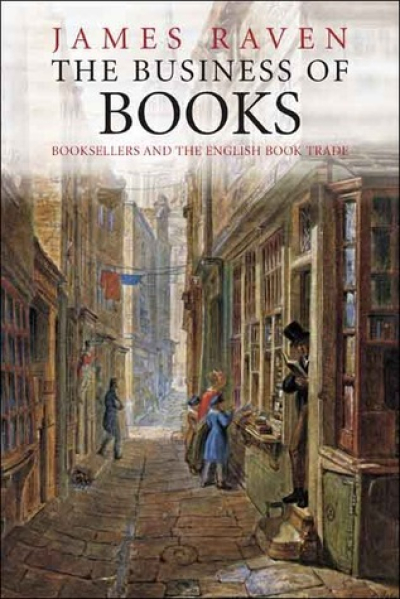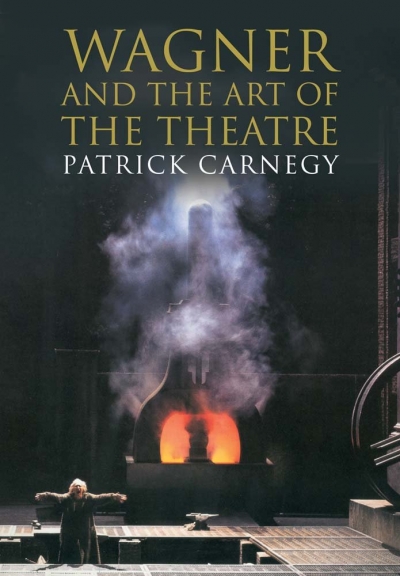Yale University Press
The Business of Books: Booksellers and the English book trade 1450–1850 by James Raven
by Graham Tulloch •
Robert Schumann: Life and death of a musician by John Worthen
by Roger Covell •
W. A. Mozart by Hermann Abert, translated by Stewart Spencer and edited by Cliff Eisen
by Ian Holtham •
Education's End: Why our colleges and universities have given up on the meaning of life by Anthony T. Kronman
by Simon Marginson •
After The Neocons by Francis Fukuyama & Ethical Realism by Anatol Lieven and John Hulsman
by Hugh White •
Bellini, Giorgione, Titian, and the Renaissance of Venetian Painting by David Alan Brown et al.
by Luke Morgan •










